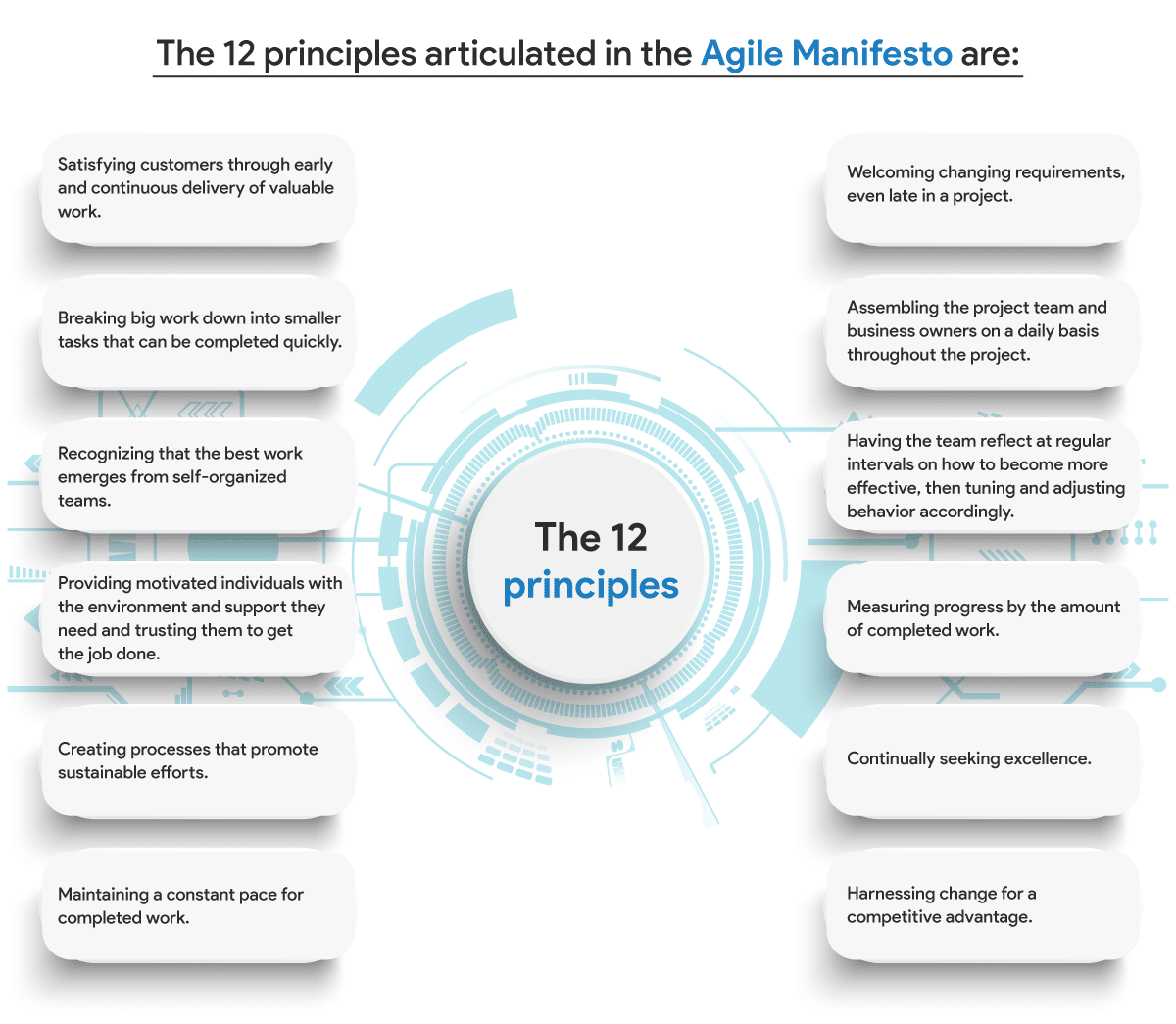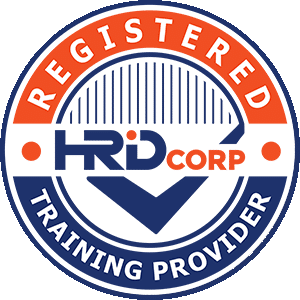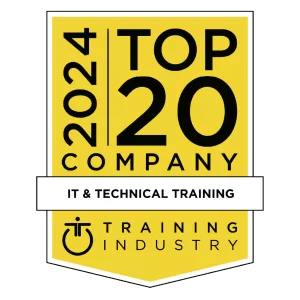What is the difference between Agile and Scrum?
What is the difference between Agile and Scrum?
Productivity with Agile and Scrum
Adopting new technology is one way to improve productivity. Another approach is to simply cut expenses. A better way is to improve the methodology and skills that IT staff use to complete their work. The agile approach achieves productivity gains through more effective communication and being highly responsive to customer demands. Boldare defines that,”agile working is about flexibility, responsiveness, and balancing user and business needs. Consequently, agile frameworks – such as scrum – have achieved widespread mainstream acceptance and use in the software development industry.”
Agile as you know it.
Organizations are enhancing productivity by embracing new technology. But new technologies can cost you money – a lot of it. A sure shot yet affordable way to get the same results sans the cost is to adopt the agile approach. Agile has a demonstrated history in producing productivity gains by means of communication.
The agile methodology was initially developed to help software developers but is now widely used for different fields and domains across various industries. The approach highlights ways in which to deliver value to your customers at a much quicker pace whilst dealing with fewer mess ups. Teams that have adopted the agile method work in smaller teams where the results are constantly evaluated to ensure that they are adapted and adjusted gradually and naturally rather than one big release with a ton of errors.
“Broadly speaking, the agile approach to IT development emphasizes speed and close communication. Achieving the best results with agile requires a well-connected team. For many organizations, the best way to obtain agile benefits lies in locating staff in the same location to reduce communication friction.”
–Altassian
The methodology is effectively explained through the Agile Manifesto, also released to guide teams to adopt the approach in a standardized manner.
Four core values that make up the Agile framework.
The four core values of Agile software development as stated by the Agile Manifesto are:
- individuals and interactions over processes and tools.
- working software over comprehensive documentation.
- customer collaboration over contract negotiation; and
- responding to change over following a plan.
Scrum as you know it.
Scrum in its essence is best explained as a framework for project management that highlights essential elements within your organization such as teamwork, accountability and progress towards an adept goal. The framework is based on a simple premise: Start with what you can see and know of, then track your advancement, tweaking it as you go.
A Better Way of Building Products.
Scrum is a framework for project management that emphasizes teamwork, accountability and iterative progress toward a well-defined goal. The framework begins with a simple premise: Start with what can be seen or known. After that, track the progress and tweak, as necessary. Scrum is a lightweight framework that helps people, teams and organizations generate value through adaptive solutions for complex problems.
In a nutshell, Scrum requires a Scrum Master to foster an environment where:
- A Product Owner orders the work for a complex problem into a Product Backlog.
- The Scrum Team turns a selection of the work into an Increment of value during a Sprint.
- The Scrum Team and its stakeholders inspect the results and adjust for the next Sprint.
- Repeat
The Scrum Framework
Scrum is simple. It is the opposite of a big collection of interwoven mandatory components. Scrum is not a methodology. Scrum implements the scientific method of empiricism. Scrum replaces a programmed algorithmic approach with a heuristic one, with respect for people and self-organization to deal with unpredictability and solving complex problems.
So, what IS the difference between Scrum and Agile?
Scrum is essentially a sub-set of the Agile framework.
Some key differences:
- Agile is a philosophy, whereas Scrum is a type of Agile methodology
- Scrum is broken down into shorter sprints and smaller deliverables, while in Agile everything is delivered at the end of the project
- Agile involves members from various cross-functional teams, while a Scrum project team includes specific roles, such as the Scrum Master and Product Owner
-Northwestern University
ICP-LEA: ICAgile Leading with Agility
Effective leadership requires leading yourself first. Develop an adaptive and agile leadership style.
Today’s organizations require a different type of leadership to thrive. The Agility in Leadership Track addresses the paradigm shift needed to create a culture of agility. It identifies a transformational learning journey for leaders and emerging leaders, enabling them to inspire a shared vision of business agility throughout the organization.
In this two-day Agile leadership training, participants learn why we need enterprise agility, the vital personal competencies to lead the transformation, and the organizational elements required to survive and thrive in today’s turbulent environment.
| Code | Course Title | Days | Fees (RM) | Apr | Jun |
|---|---|---|---|---|---|
| ICP-LEA | ICAgile Leading with Agility | 2 | RM4,000 | 14-15 | 23-24 |
Skills Covered
Why and what agile leadership is need in VUCA world.
Personal agility and relationship agility in leadership.
Personal and Professional Mastery to be an agile leadership.
Business and enterprise agility in leadership.
Building high performing teams.
POPM: SAFe® Product Owner Product Manager
Learn how product owners and product managers should work together to achieve the best possible customer and business outcomes. The SAFe POPM course will teach you how to adopt a customer-centric approach to building products, using Scaled Agile Framework to deliver more value, faster. Topics covered in this course include the daily role of POs and PMs; collaborating with engineering teams and business stakeholders; how to write epics, features, and stories; and how to design, prioritize, build, test, and deliver products with increased productivity and higher quality.
During this two-day course, attendees gain an in-depth understanding of how to effectively perform their role in the Agile Release Train (ART) as it delivers value through Program Increments.
| Code | Course Title | Days | Fees (RM) | Mar | May | Aug |
|---|---|---|---|---|---|---|
| POPM | SAFe® Product Owner Product Manager | 2 | RM4,000 | 21-22 | 23-24 | 1-2 |
Skills Covered
Articulate the Product Owner and Product Manager role.
Connect SAFe Lean-Agile principles and values to the PO/PM roles.
Decompose Epics into Features and decompose Features into Stories.
Refine Features into Stories.
Manage Program and Team backlogs.
PSM: Professional Scrum Master
Professional Scrum Master (PSM) is an interactive, activity-based course where students gain a strong understanding of Professional Scrum and the role of the Scrum Master.
Professional Scrum Master training (PSM) is a 2-day course that covers the principles and (empirical) process theory underpinning the Scrum framework, and the role of the Scrum Master in it. This course is a combination of instruction and team-based exercises and teaches what is at the heart of the Scrum and Agile movement. The course also includes a free attempt at the globally recognized Professional Scrum Master I certification exam (PSM I).
| Code | Course Title | Days | Fees (RM) | Feb | Mar | Apr |
|---|---|---|---|---|---|---|
| PSM | Professional Scrum Master | 2 | RM3,800 | 21-22 | 21-22 | 11-12 |








